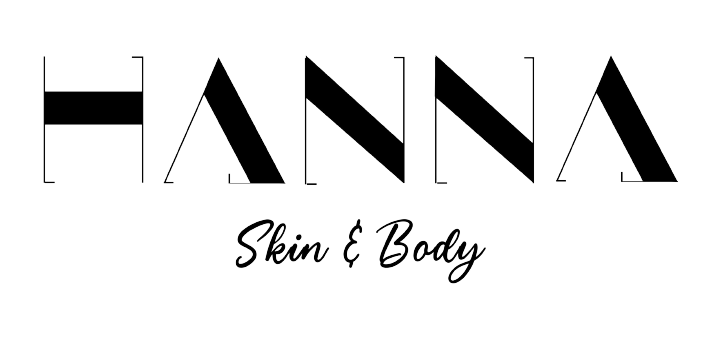Frequently Asked Questions
The ideal candidate for liposuction is an individual who has been unable to achieve their ideal body shape because of stubborn fat deposits which cannot be eliminated through regular exercise and a healthy diet. In addition to the desire to refine your body shape, you should also be:
In good general health
Over 18 years old
Liposuction can be used to remove excess fat in virtually any area of the body, including:
- Abdomen and back
- Inner and outer thighs
- Waist and love handles
- Buttocks
- Arms
- Neck and face
Liposuction removes fat, but it is not a weight loss technique. It is most effective for removing stubborn body fat to help define contours of the underlying muscular structure. Liposuction is not ideal for massive weight loss and may put you in danger if too high a percentage of body fat is removed at one time. If you have undergone gastric bypass surgery or lost large amounts of weight, liposuction will not help you remove the left over excess skin. Instead, you may choose to undergo a tummy tuck or other body lift procedure.
While some plastic surgeons will swear by a certain tool or procedure, at Marietta Plastic Surgery we believe that the most important choice you can make regarding any body contouring or plastic surgery procedure is which plastic surgeon to work with. While expensive machines may increase the cost of your procedure, they will not ensure that you have the highest quality treatment available or a plastic surgeon with an artistic eye. If you are not sure what to look for, please visit our page on how to choose a cosmetic surgeon.
Body sculpting targets and kills fat cells in the body without surgery. It allows you to shape and lose stubborn fat in areas such as the upper arms, abdomen, hips, and thighs.
Not only does body sculpting help destroy fat, but it also reduces cellulite, promotes healthy blood circulation, and strengthens connective tissue.
This procedure is ideal for those who are close to their ideal weight, but have parts of their body they’d like to shape, tighten, tone, or define a little more.
Body sculpting is non-invasive and involves little to no pain. Side effects to body sculpting procedures are very minimal, usually consisting of minor pain, swelling, or a warm feeling on the treated area.
Still, it’s always a good idea to consider your health history before getting treatment. Our friendly, highly trained practitioners will discuss which procedure will be the best for you.
Depending on the type of treatment, your body sculpting appointments may take anywhere from 20 minutes to an hour or more. You can usually plan on coming in for 4-8 appointments before the treatment is complete, and will usually see full results over the next 3-4 months.
Appointments will usually be scheduled 7-14 days apart to ensure optimal results.
Most of us have had procedures done where we’re not supposed to eat for hours beforehand. Thankfully, you don’t have to worry about that with body contouring!
However, there are a few simple things our team recommends you do before coming in for your body contouring appointment:
- Increase your water intake for 2 days beforehand. Because radiofrequency targets the water in fat cells, keeping hydrated before and after your appointment will help the effectiveness of the procedure
- Keep your treatment areas out of direct sunlight for a week beforehand. We don’t want any sunburns!
- Avoid wearing makeup or deodorant on your treatment area. These might irritate the skin during the procedure.
Because body sculpting procedures are non-invasive, you can return to normal activities immediately following treatment. You may experience some redness, swelling, or tenderness around the treatment area for a few days following the procedure. However, pain is usually very minimal.
